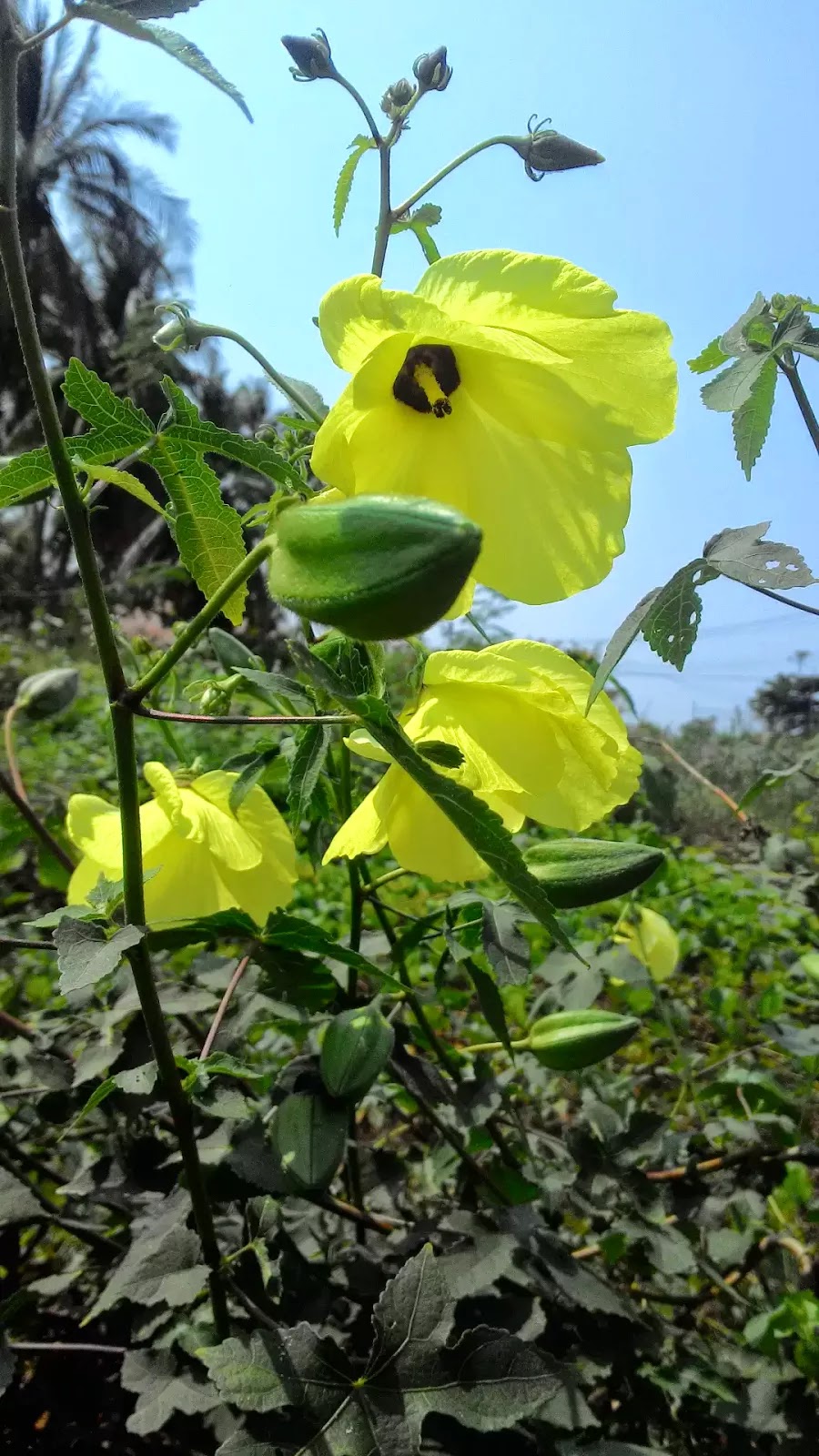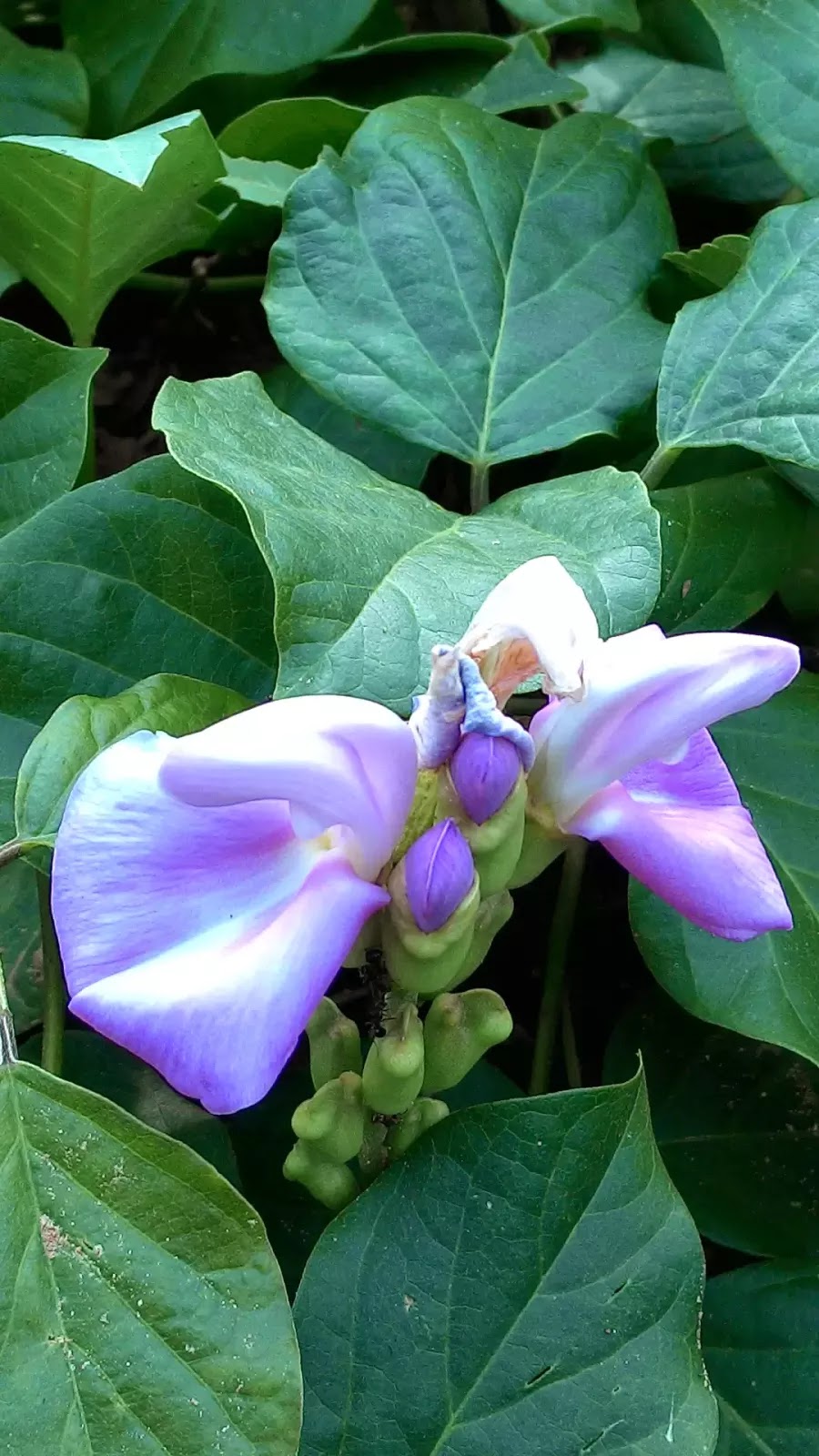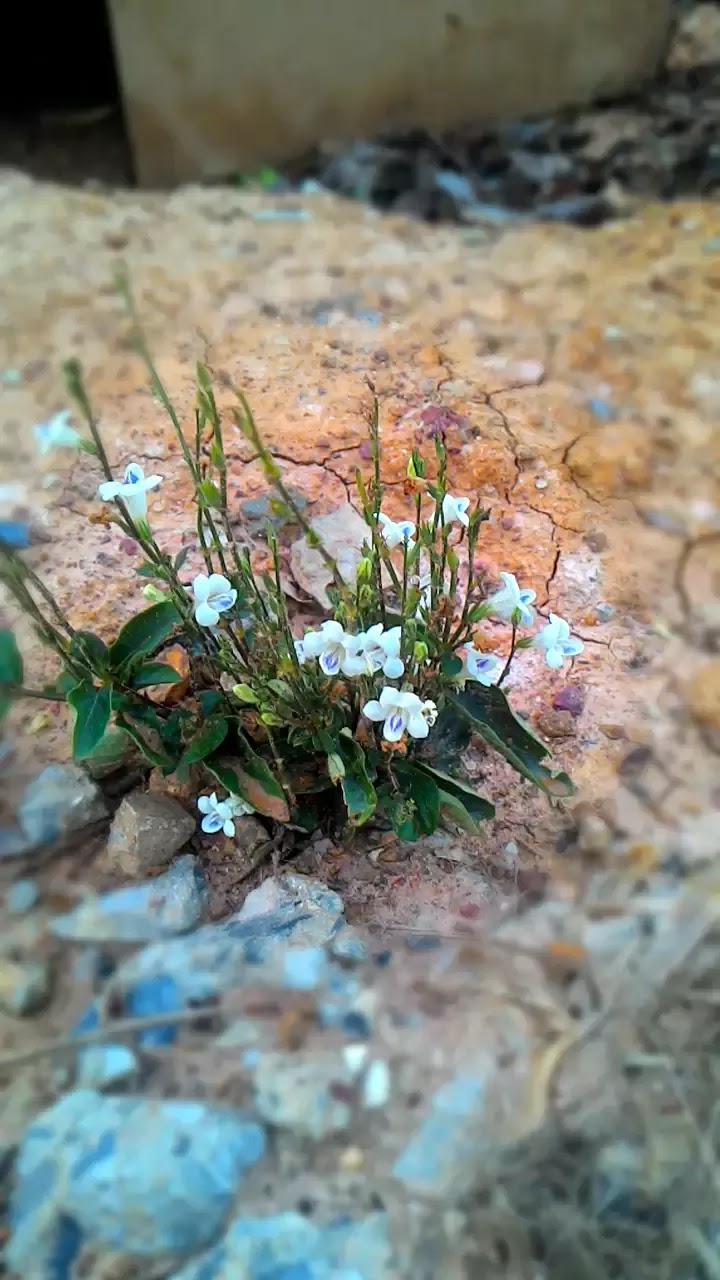Praew has spent quite a bit of time recently going around the land and cataloguing the various plants that are growing wild. Since the land was used for agriculture a few decades back, I doubt if any of these plants are truly “wild”. But they clearly aren’t cultivated plants, either.
The most interesting part to me is the idea that many of these are edible, and any edible plants that don’t require care are worth trying to figure out how they might fit in our diet. Since they grow “wild”, we can presume they don’t require any watering, tilling, mulching, pesticides, special shade considerations, and we know they can handle the hot climate just fine.
This is a funny new train of thought for me. Ever since we began planning to buy some land, I’ve been wondering how difficult it would be to grow the kinds of food I regularly eat in my current diet. (Rice, wheat, tomatoes, carrots, various fruit, etc.) Now I’m wondering if I can try to adjust my diet around the various foods that seem to be happy growing on our land already.
There are ubiquitous elephant grass/cattails that grow like weeds and will be nice decoration against our outer fence. There is also a vine growing around the land like a weed that is called “pak boong Thai” in Thai (maybe “water morning glory” in English) that can be stir fried with oyster sauce to make a tasty Thai vegetable dish.
Here are some edible plants that we took some pictures of and made tentative identifications:
Musk Okra
Internet searches show that besides the okra seeds and pod, people eat the leaves, stem and flowers in different ways.
Update 2015/07/08: Further discussions with locals suggests that people don’t eat this particular okra plant. I haven’t been able to determine if this kind of okra is poisonous or just doesn’t taste as good as “normal edible okra”. But I’m not likely to try eating it just to find out. 🙂
Lablab bean (a kind of legume)



